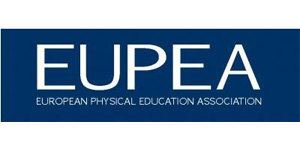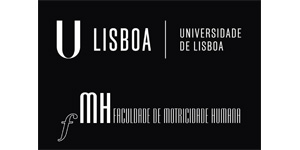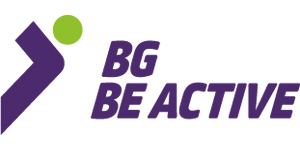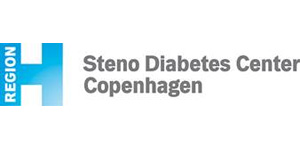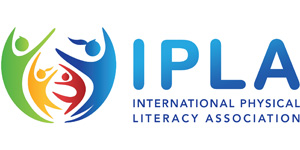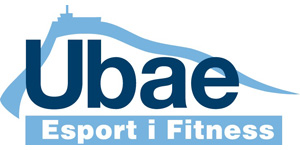Celebrating physical literacy on International Literacy Day
08/09/2020By Rachel Payne, ISCA
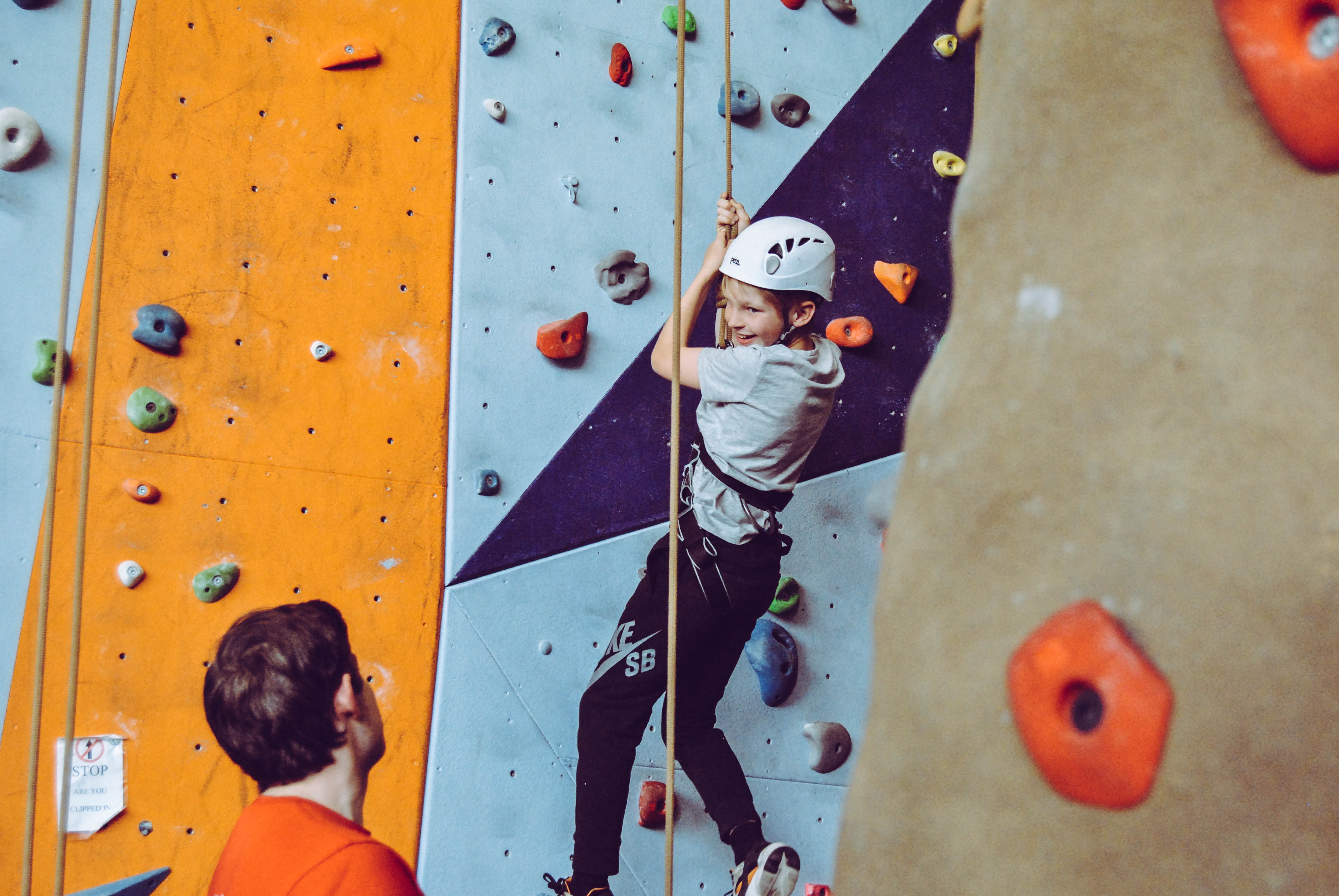
Photo: Unsplash
Today is International Literacy Day and at ISCA we’re celebrating what we’ve learned so far about the most hotly debated type of literacy around the world right now – physical literacy – in our Physical Literacy for Life project.
What is physical literacy and why has the concept sparked an explosion of research and discussion over the past 10 years?
The answer to the first question is soon to be revealed by our EU-supported project partners, including researchers, education, health and physical activity experts from Australia and Europe. After intensive deliberation and a wide mapping of literature on the topic, they are ready to put forward a new definition of physical literacy that they hope will capture the holistic nature of the concept and be easily translatable into different languages.
The answer to the second question is that the concept of physical literacy is relatively new and the first definition was put forward as recently as 2010 by “the mother of physical literacy” Margaret Whitehead.
Thoughts about what physical literacy encompasses have evolved rapidly from the idea of acquiring physical competences to a broader acquisition of cognitive and movement skills that can help us enjoy better health, wellbeing and quality of life, as well as a lifelong engagement in physical activity.
Physical Literacy for Life project partner and international expert Dean Dudley, from Macquarie University in Australia, poses the rhetorical question: “But why would I care about physical literacy? Why shouldn’t I just be active?”
Because physical literacy is a lifelong learning skill that can be compared to literacy and numeracy, but should be imagined as something more than physical education (PE), he explains.
“When we talk about literacy we talk about it crossing all aspects about life, not just in the language arts. When we talk about numeracy we talk about all aspects of mathematical learning, not necessarily what we learned in mathematics. And that is why physical literacy is very different from physical education,” he says.
“Literacy does not stop when we finish school. Just because we stop studying English, French, or mathematics when we leave high school, does that mean we stop learning to be literate or numerate? No, the context changes and when that context changes it’s still a learning phenomenon. So we might be learning in our workplace. [For example], if I learn to walk or cycle to work, or to play in a social group in the workplace, that is physical literacy but not PE.”
The Physical Literacy for Life project partners are currently working on several intellectual outputs as part of the Erasmus+ Collaborative Partnership project – the first of which, the new definition of physical literacy and supporting materials, will be published this month. The second, as series of questionnaires to find out how different target groups, including teachers, sports organisers and individuals, understand physical literacy, will be distributed before an online international seminar in October and an advocacy toolbox is also on its way in early 2021.
Sign up to the ISCA newsletter for updates and browse the website (under construction) for more information on the project.




